The organic movement is a broad term used to describe individuals and organizations that aid in promoting organic farming and products across the globe. Generally, this has been used in reference to food, but it certainly applies to hemp and CBD as well.
As the CBD and hemp markets continue to expand and legitimize, consumers are becoming more sophisticated and increasingly skeptical. At the same time that increased awareness about dietary health continues to grow, reports of mislabeled CBD and hemp products with various contaminants keep popping up too.
With millions of people around the world turning to CBD for natural relief from numerous ailments, consumers are demanding that the products be used have safe, natural ingredients and be ethically sourced, and rightfully so.
This means that companies have to do more now to prove they’re trustworthy. One of the best ways to do this is by obtaining USDA organic certification.
Use the sign up form to subscribe to the CBD Business Weekly Newsletter.
What is CBD?
CBD, or cannabidiol, is a non-psychoactive compound found in both hemp and cannabis plants. In cannabis, it’s the second most dominant cannabinoid, next to tetrahydrocannabinol (THC). Regular cannabis buds with high levels of THC are typically what you can expect to find in dispensaries and recreational stores in the States. In hemp plants, CBD usually dominates, although some strains are high in CBG as well. Hemp is often used for industrial purposes like textiles, plastic, etc., although some strains grow smokable flowers.
Numerous studies showing the medical potential of CBD have been making the headlines in recent years. It’s been used to treat chronic pain, inflammation, anxiety, depression, and many other ailments. There even exists an FDA-approved medication with CBD as the main (pretty much only) ingredient. The medicine is called Epidiolex and it’s used to treat two rare forms of epilepsy, Lennox–Gastaut syndrome and Dravet syndrome. Following the U.S., Epidiolex has been approved for use throughout Europe and is undergoing clinical evaluation in Japan.
The reason CBD works for such a diverse range of conditions is because of the Endocannabinoid System (ECS). The ECS is a network of receptors that can be found throughout the bodies of all mammals, and possibly birds. We naturally create cannabinoids – called endocannabinoids -which – interact with these receptors to regulate different processes in our bodies and maintain homeostasis by managing functions such as immunity, appetite, sleep wake cycles, pain response, and so much more.
Researchers believe that the root cause of many illnesses is a deficiency in endocannabinoids. Some people’s bodies don’t produce enough cannabinoids for every part of their bodies to reach homeostasis and optimal health, and this is where supplementing with plant-based cannabinoids (phytocannabinoids) proves beneficial.
To make products like oil, softgels, and anything else that can be used therapeutically, the CBD needs to first be extracted. It goes through numerous distillation and filtration processes, but that doesn’t change the fact that CBD sourced from good quality hemp is superior to that coming from poorly grown plants that riddled with pesticides and other toxins.
History of Organic Farming
Organic refers to plants that are grown naturally; so non-GMO, no synthetic pesticides or other toxic chemicals. The term “organic farming” was first recognized in 1940, although the organic movement roots can be traced back to the 1800s. The fear of toxins and desire to consume natural products is not a new phenomenon, although the intensity of the movement ebbs and flows throughout history.

Officially, the movement started in the early 1900s, during the beginning of the industrial agricultural period, in response to a widespread shift towards synthetic fertilizers and pesticides. A small group of Australian farmers joined forces, formed organizations and began the first organic certification program in the world – The Organic Farming and Gardening Society. They were soon joined by the Rodale Press in the United States, and the Soil Association in the United Kingdom, among others.
By 1972, the movement had becoming a recognized global force known as the International Federation of Organic Agricultural Movements (IFOAM). Over this last decade, the demand for organic everything has exploded and that means farmers and businesses need to adjust to keep up with the market trends. This applies to any industry that utilizes plants, including the hemp and CBD industries.
Reasons to Get USDA Organic Certification
There are so many reasons why getting USDA organic certification is well worth it, so we’ll make it easy for you and focus on the top few
1. Quality
This should be first and foremost with any product you’re trying to sell but especially those that will be have medicinal uses. You want your product to be top notch, and organic products really are superior because they’re safe and natural.
2. Appeal
So, your products are top notch, now you want everyone to know it. The USDA organic seal will be visible for all to see, which a big selling point for many consumers. Shoppers often associated organic products with higher quality, but this generally only applies to those that bear the seal. In total, the sale of USDA organic-certified products is upwards of $50 billion a year.
3. Stand Out
The CBD market is oversaturated with products, especially when it comes to oils/tinctures. If you really want to distinguish your products from the competition, the best way to do this is by securing USDA organic certification.
4. The FDA
The FDA is often a challenger when it comes to progression in the CBD industry. The USDA organic certification program is the only federal agency to regularly validate CBD products and show consumer that some brands really are on the level.
Final Thoughts
If you’re looking for a way to not only legitimize your business, but also offer your customers a truly superior experience, then consider getting your USDA organic certification for your products. It takes a bit of work, but you can learn more about the process here: https://www.usda.gov/media/blog/2012/10/10/organic-101-five-steps-organic-certification.
For more articles like this one, subscribe to the CBD Business Weekly Newsletter.
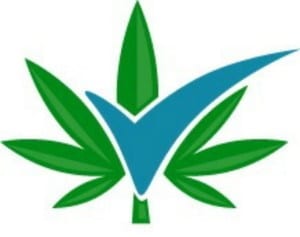

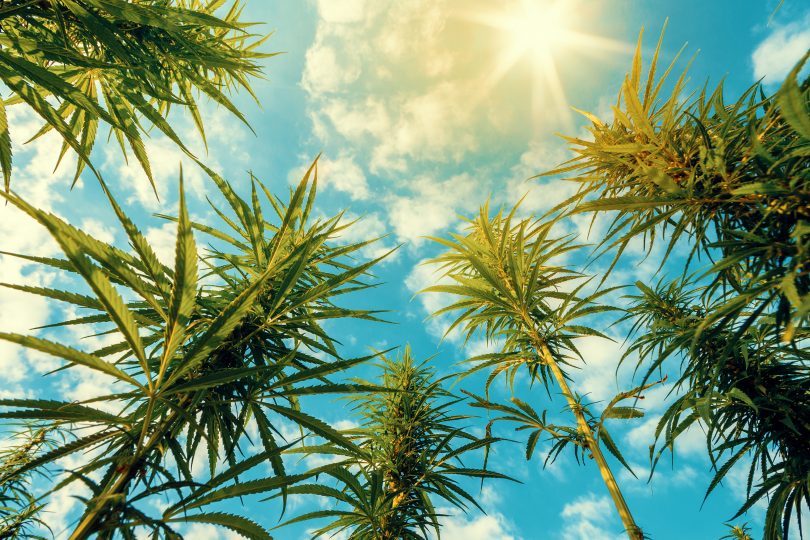





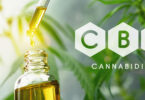
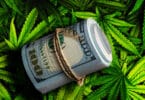
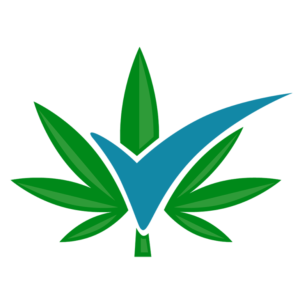
Very informative. Thank you.